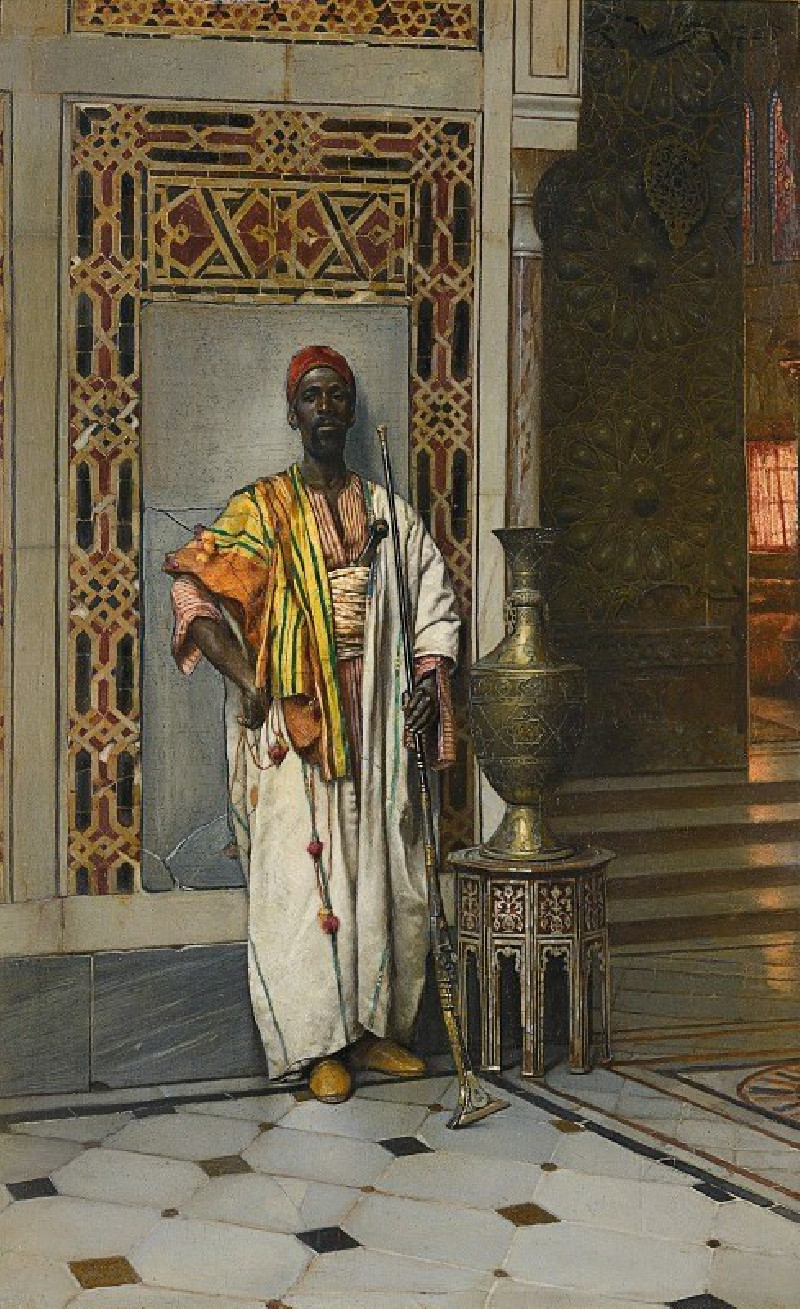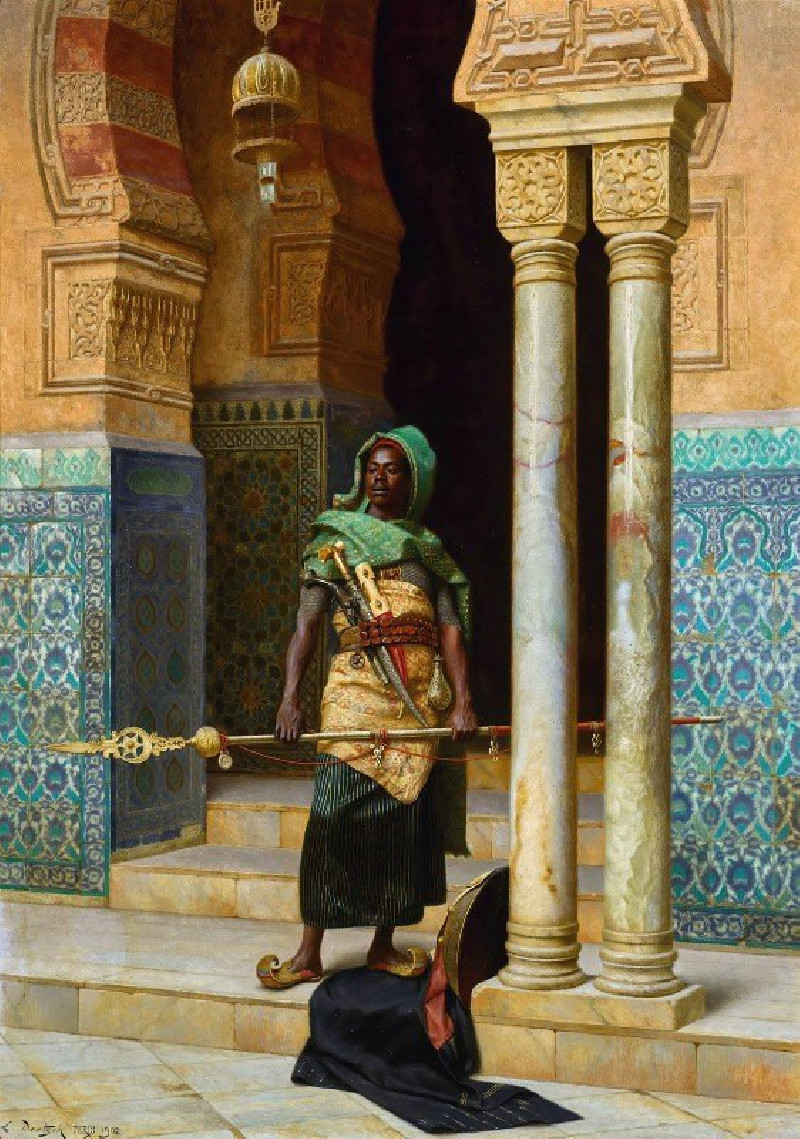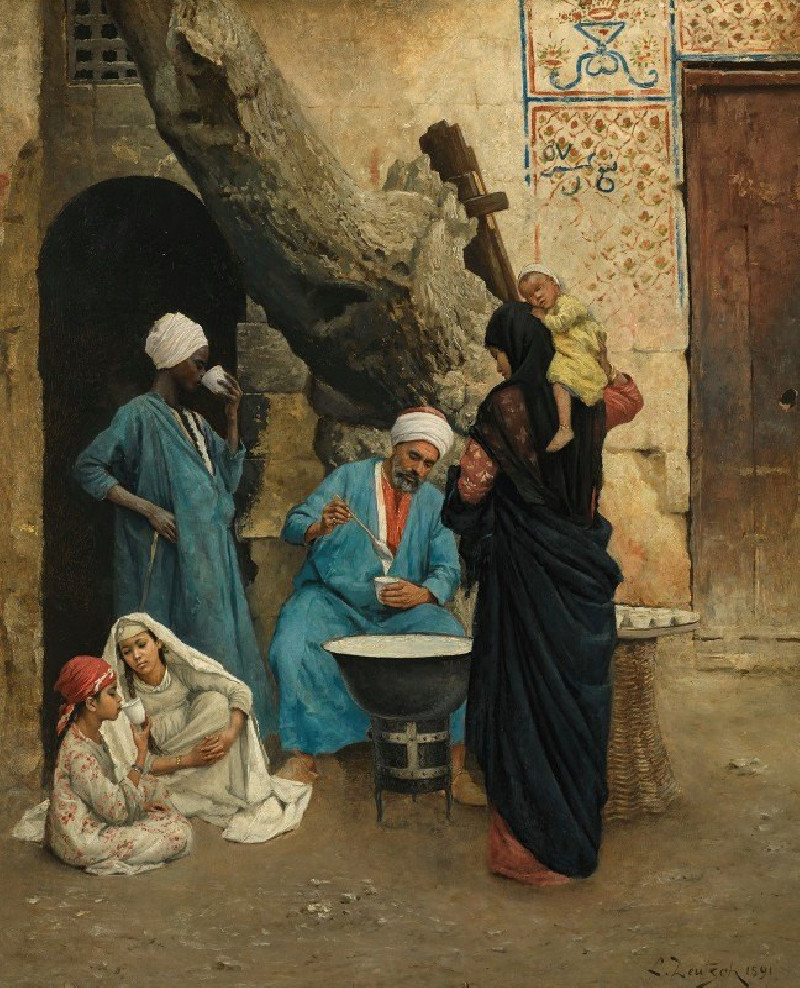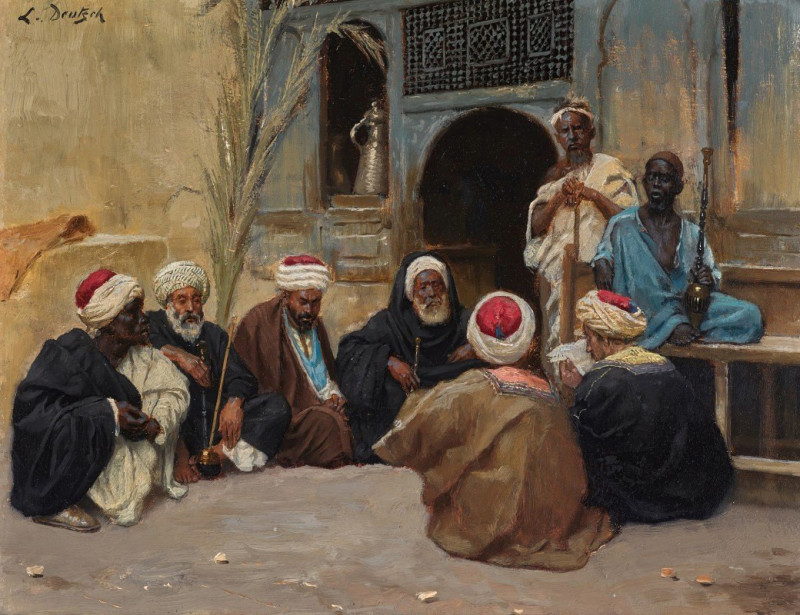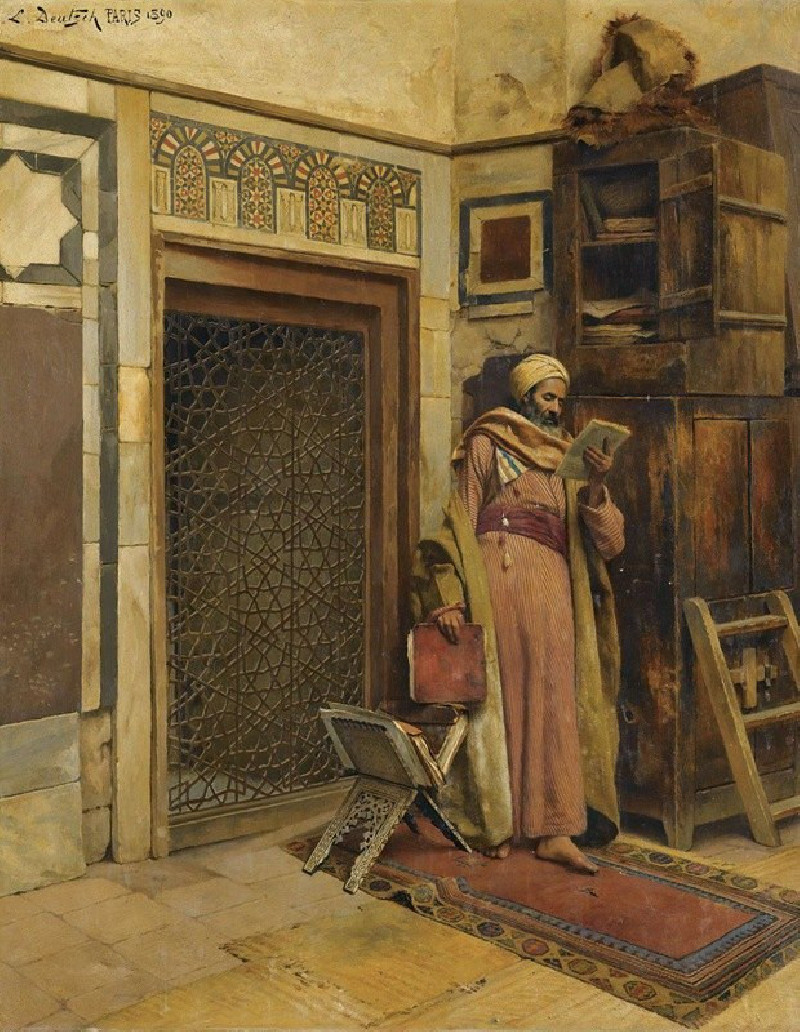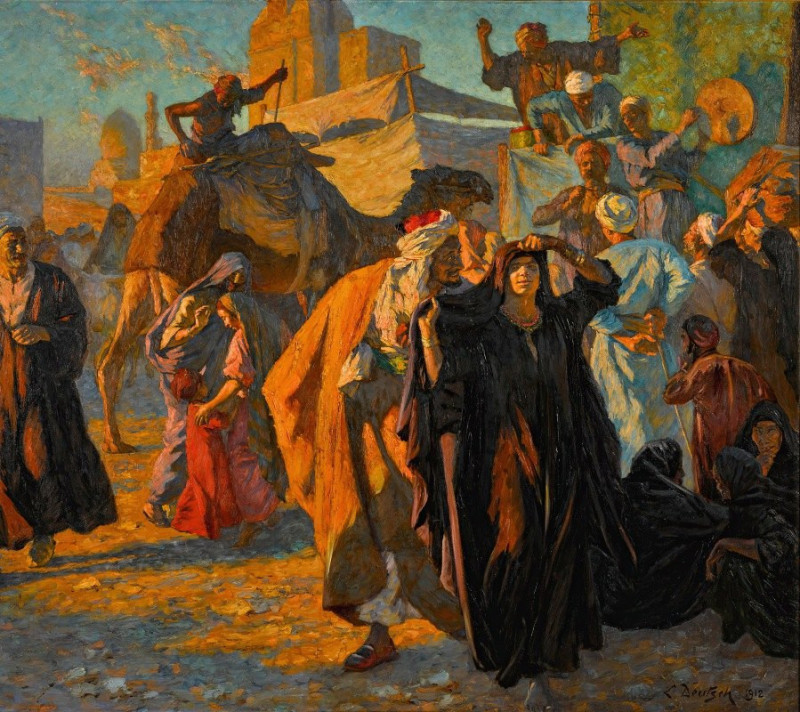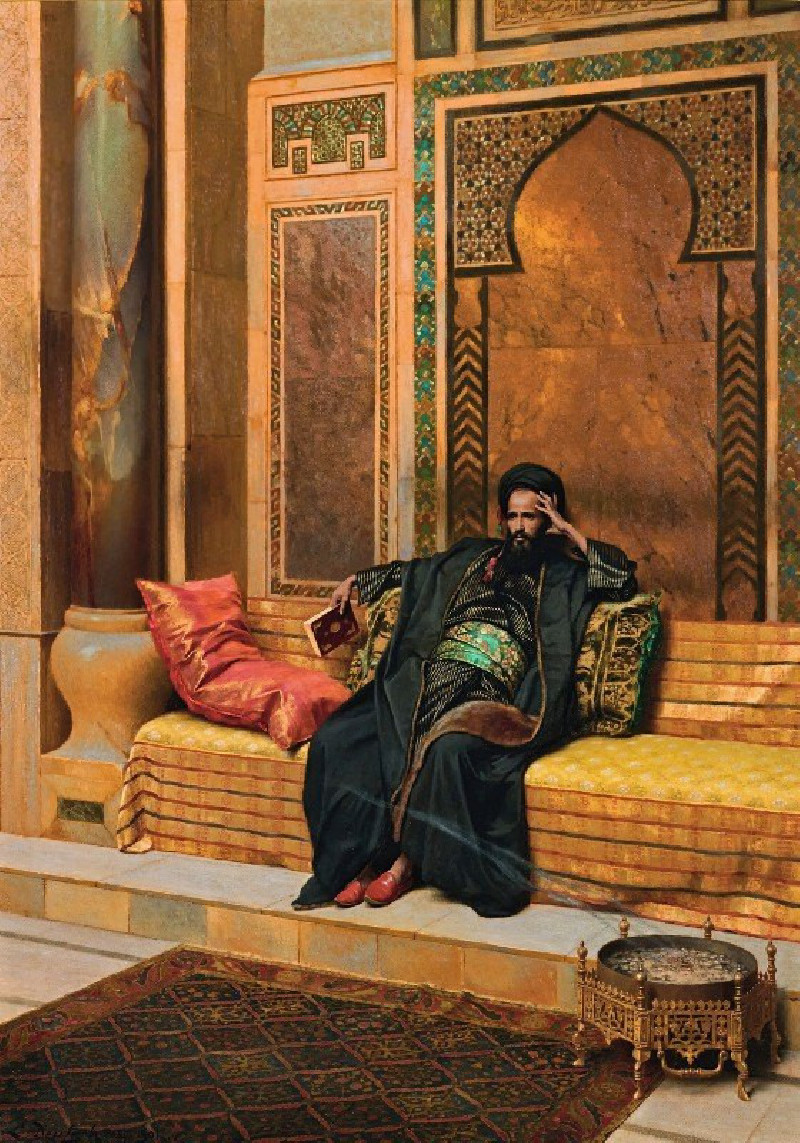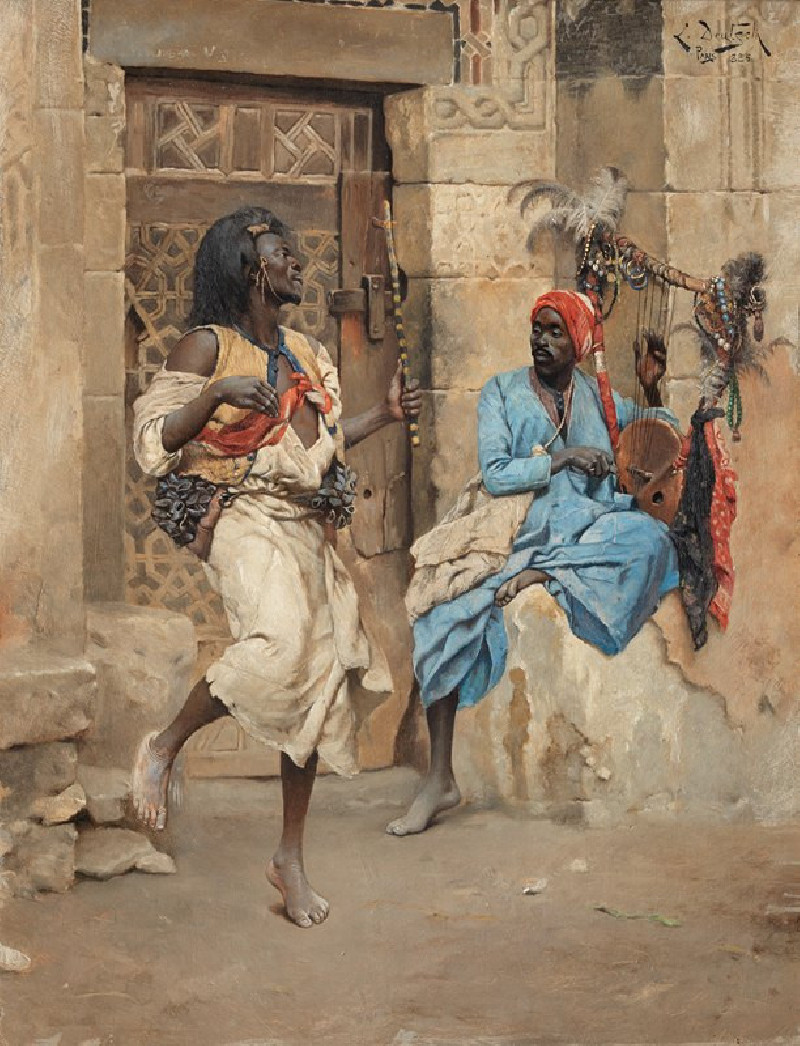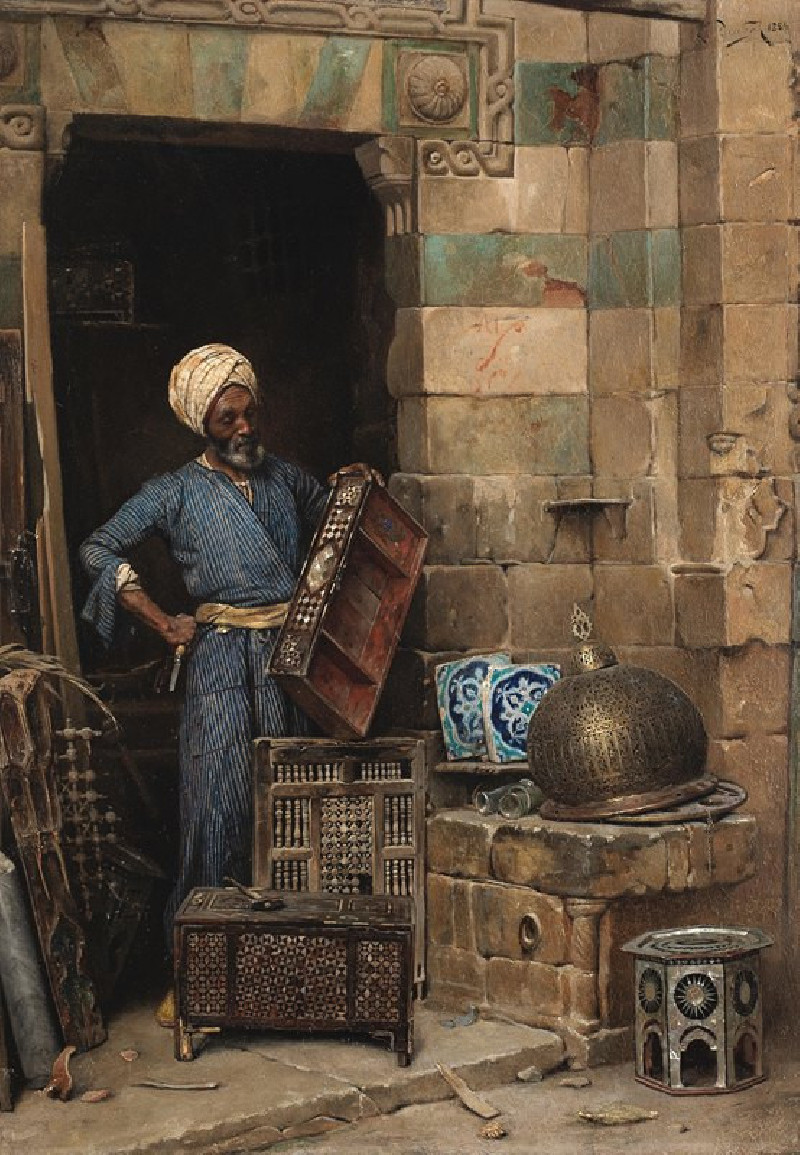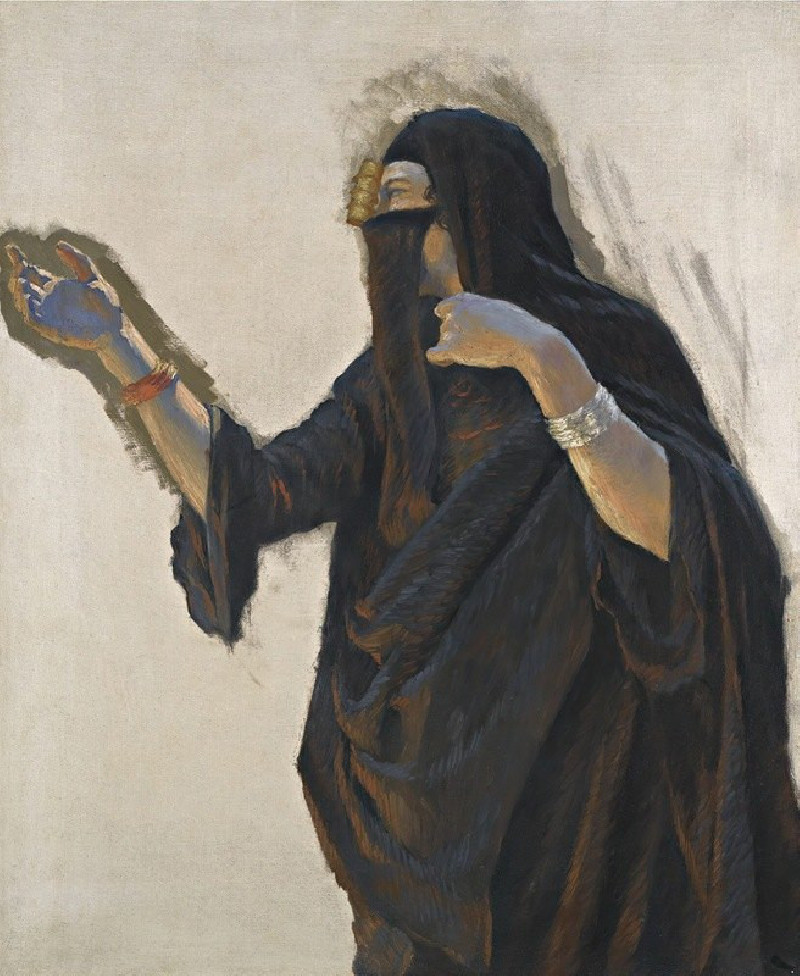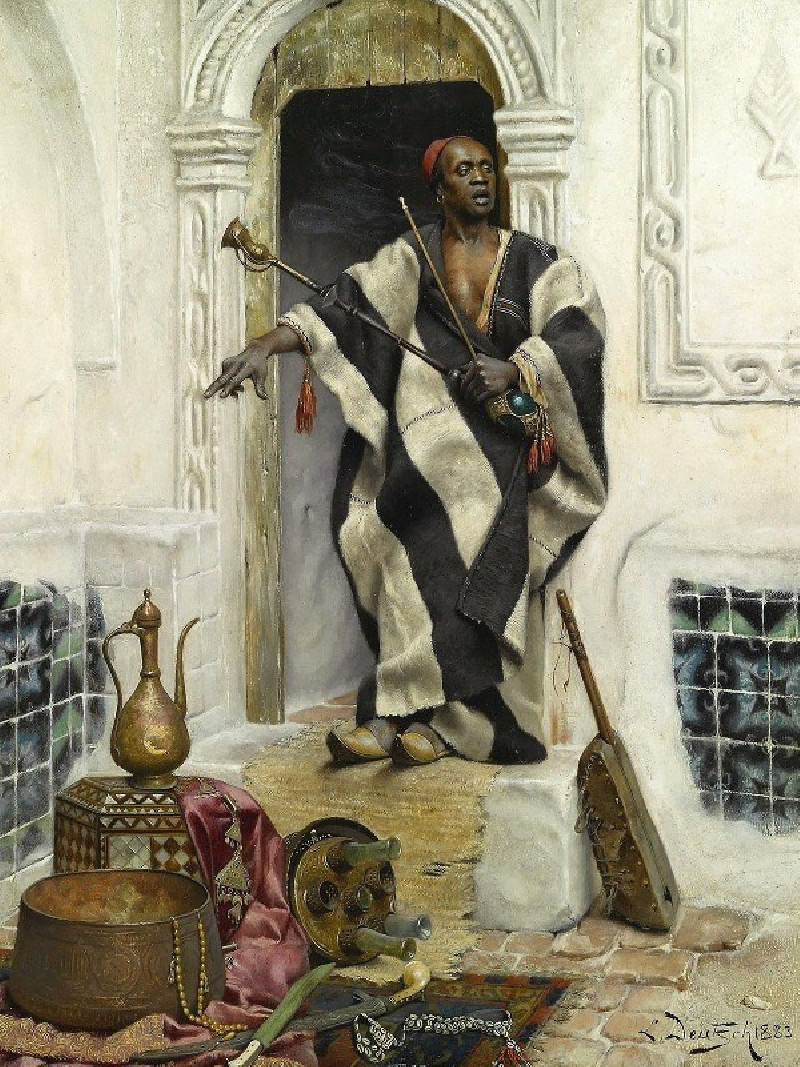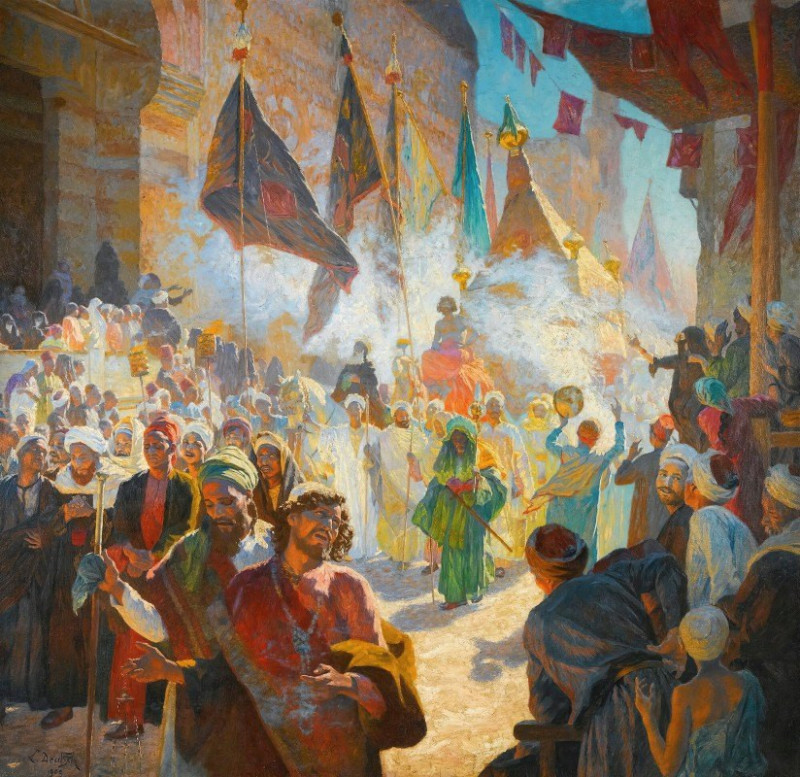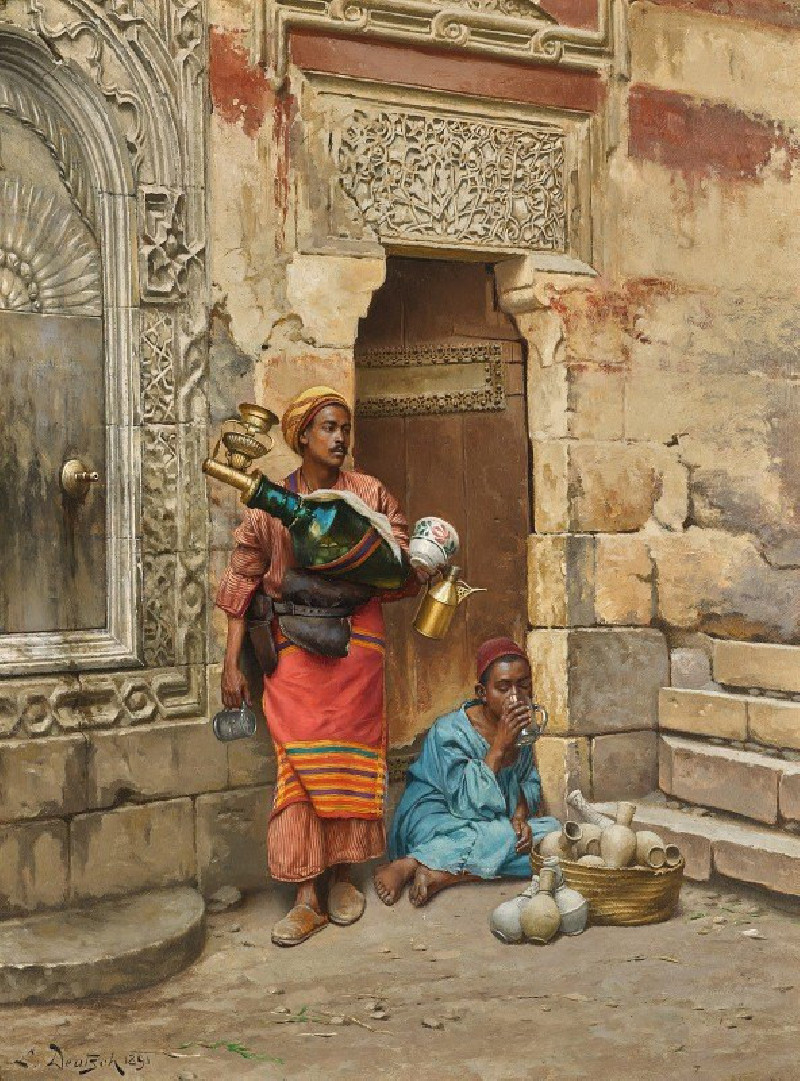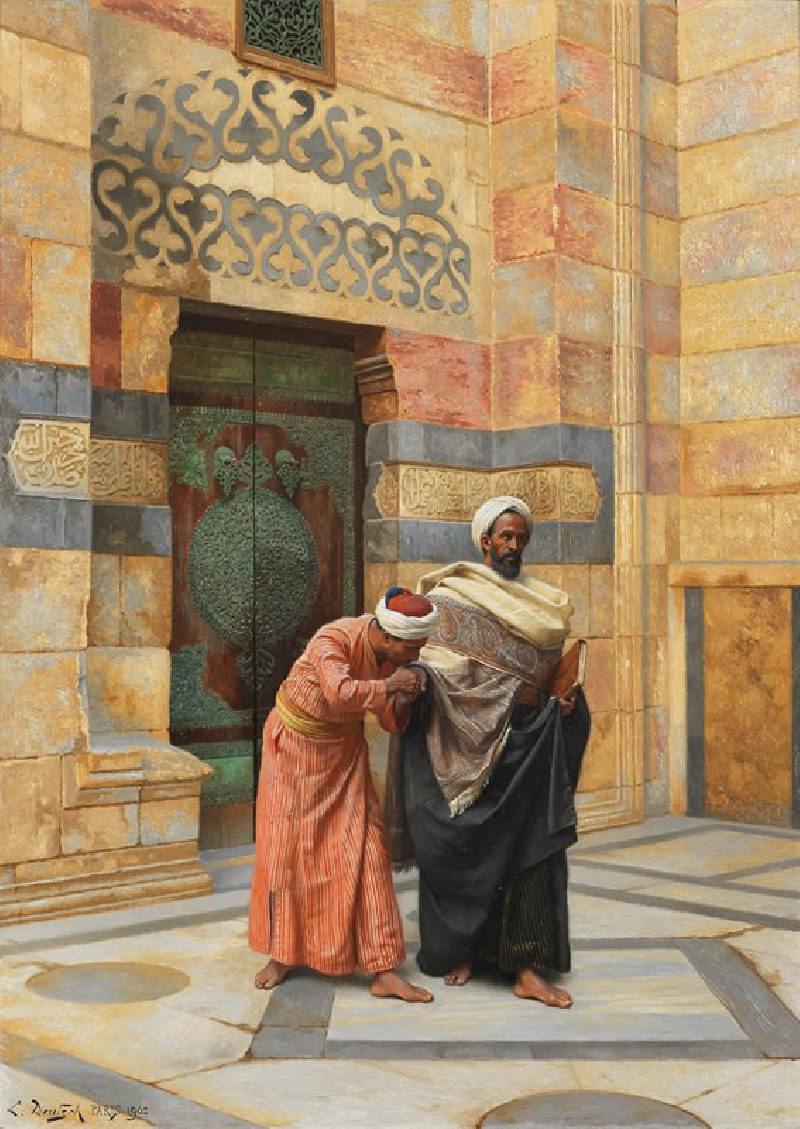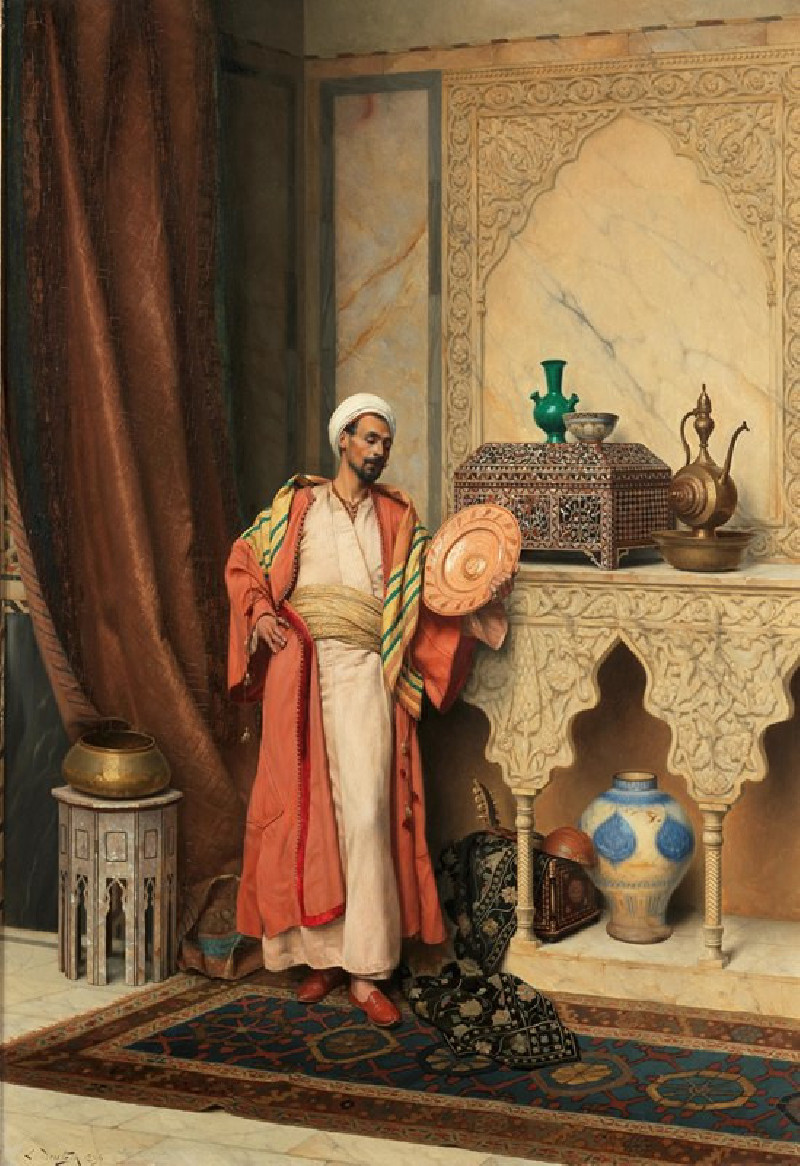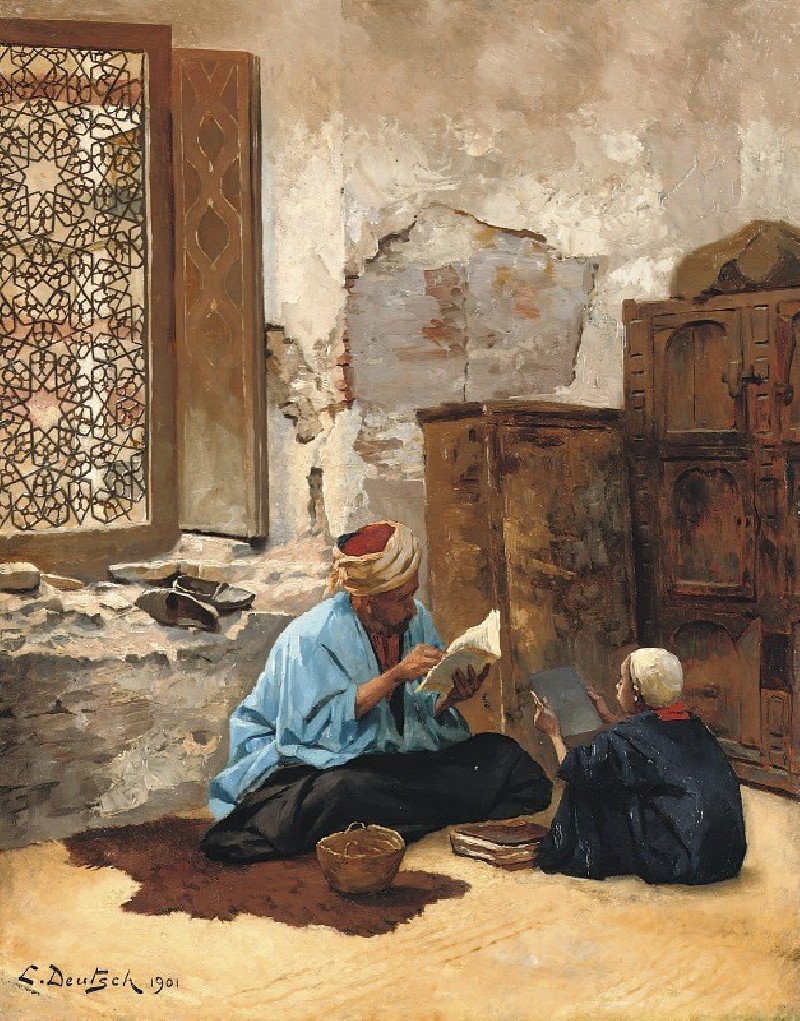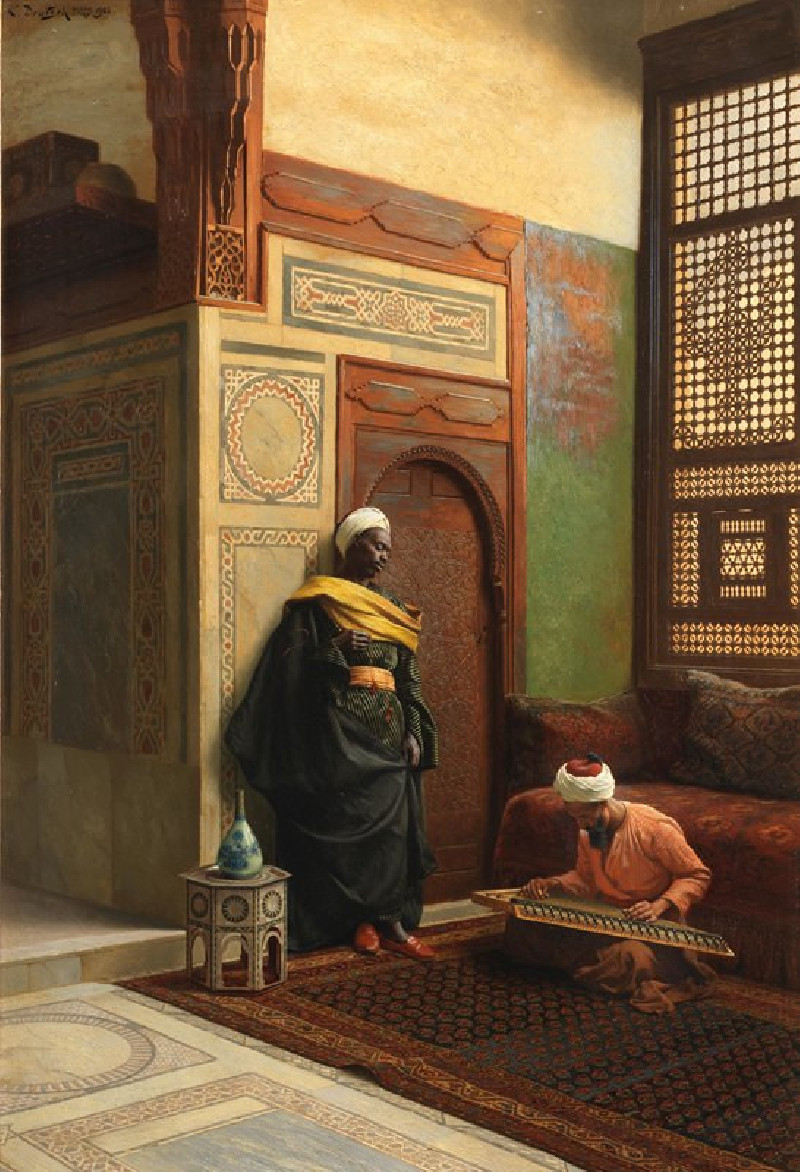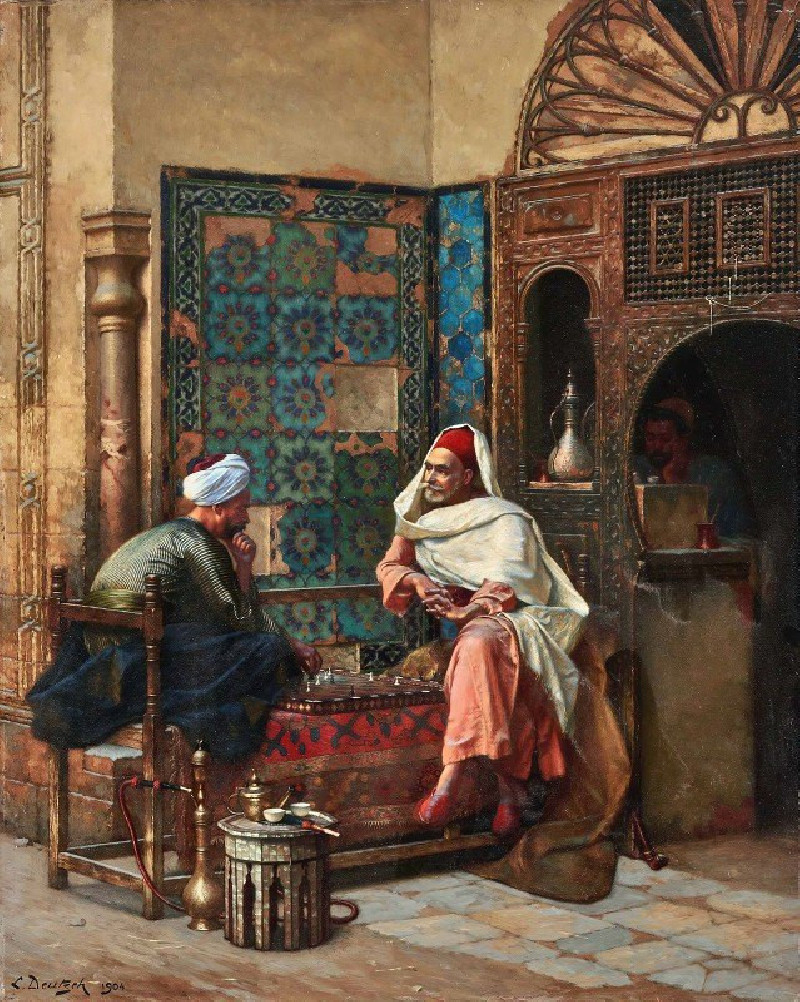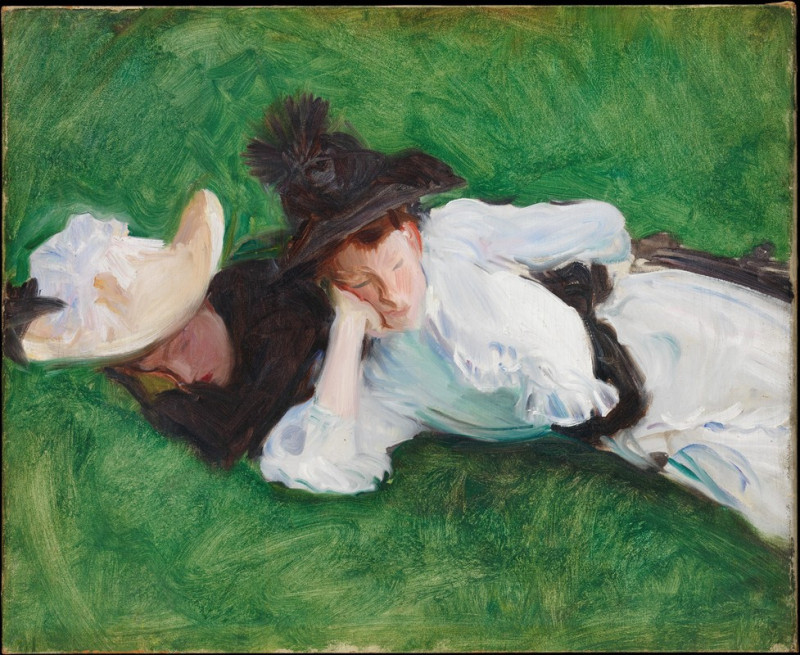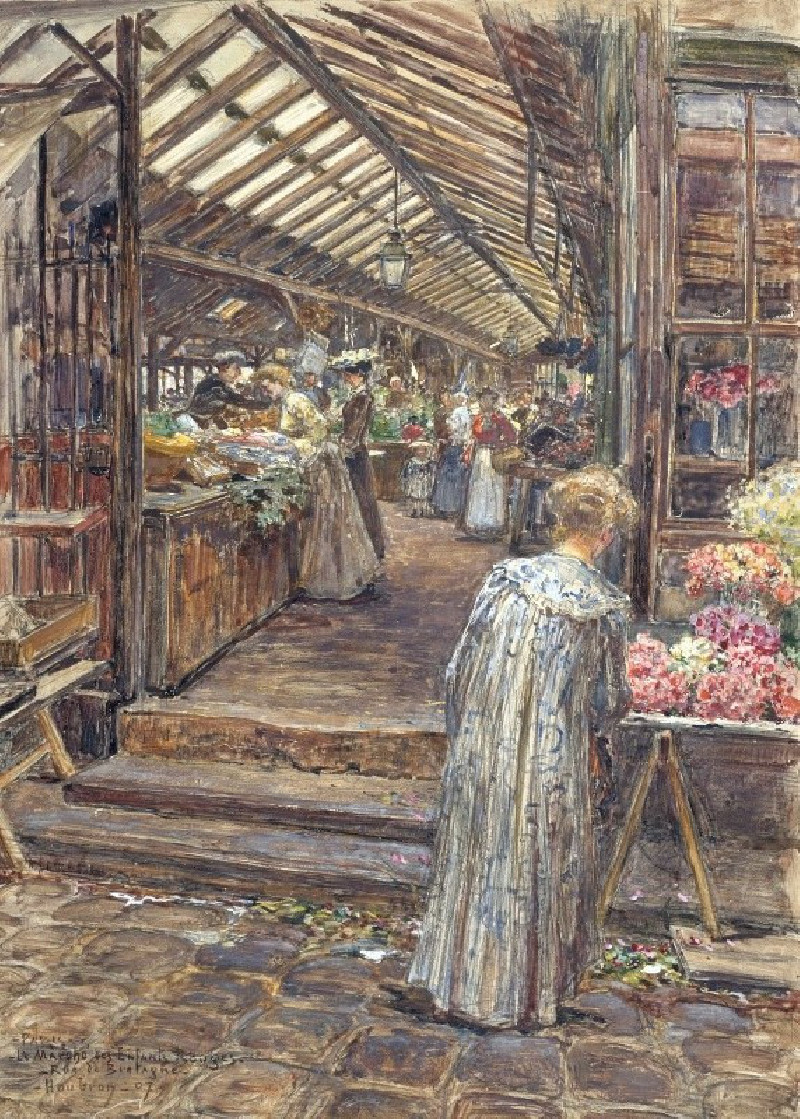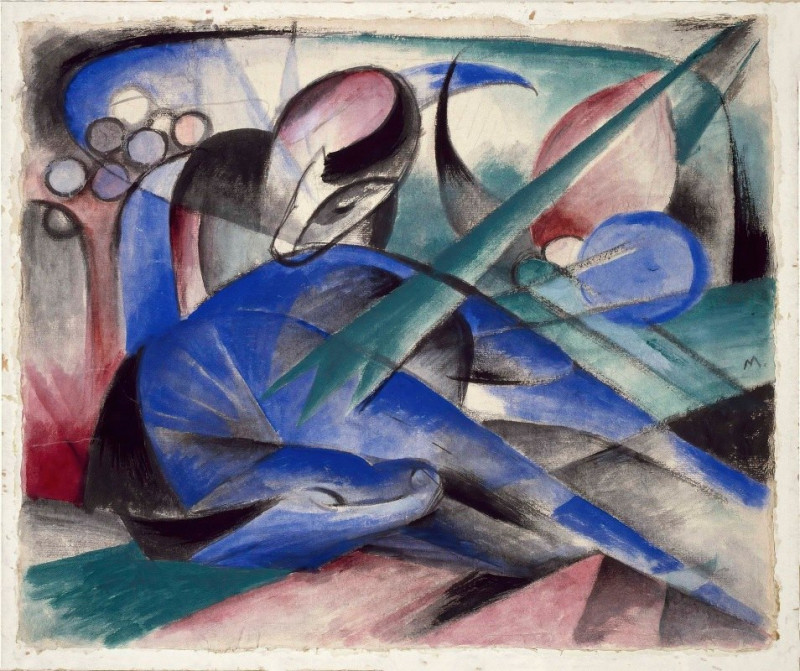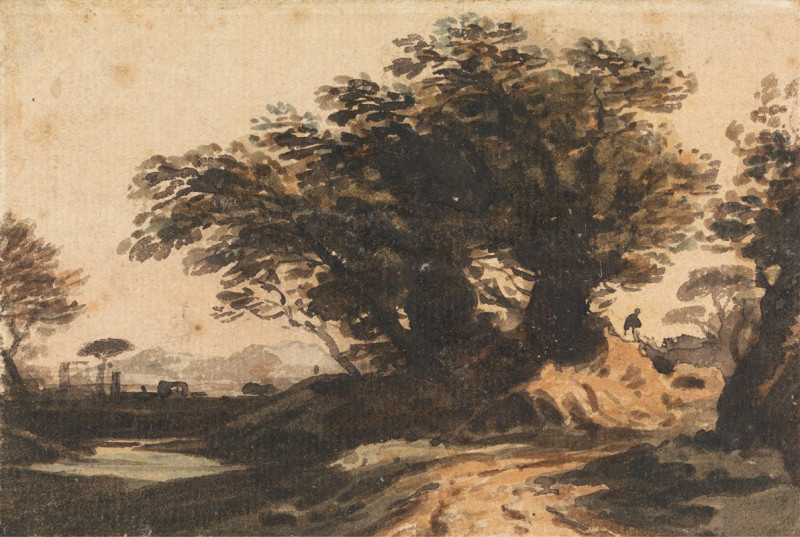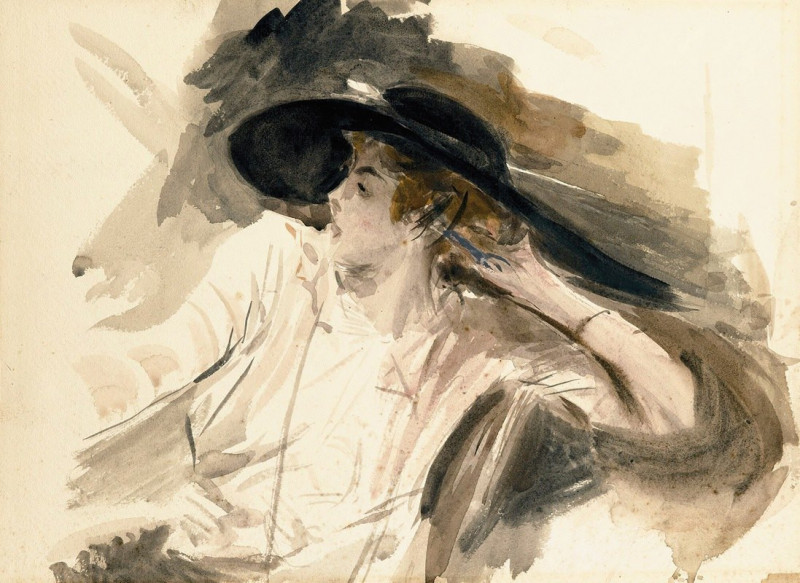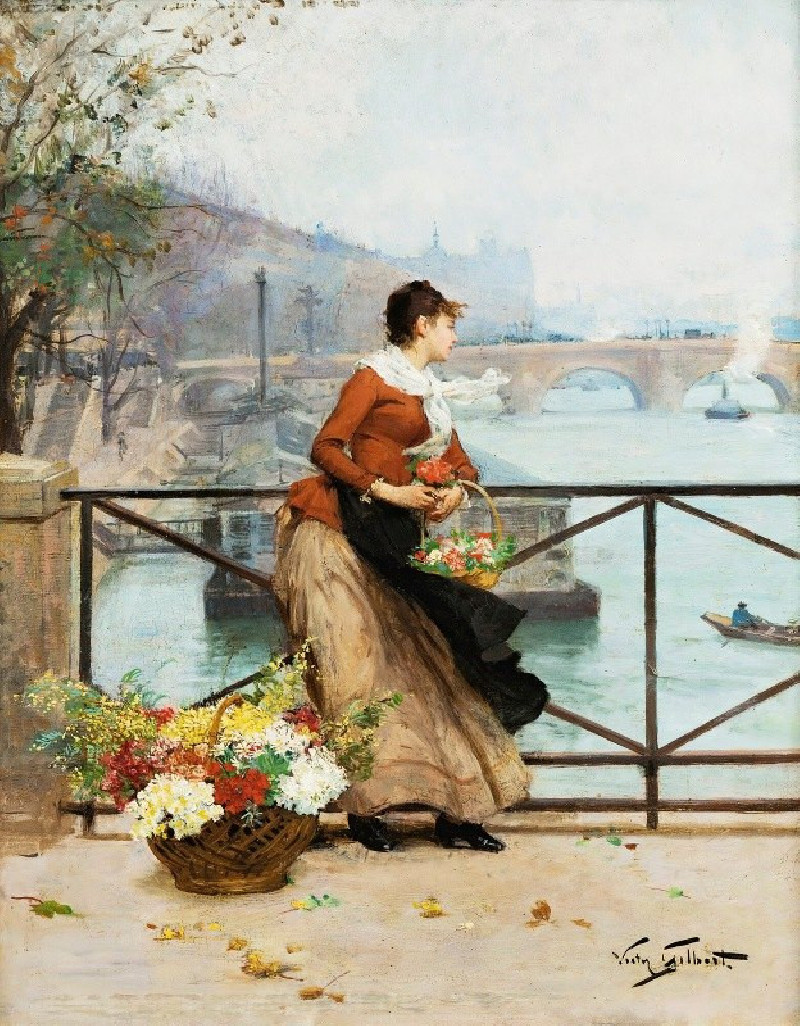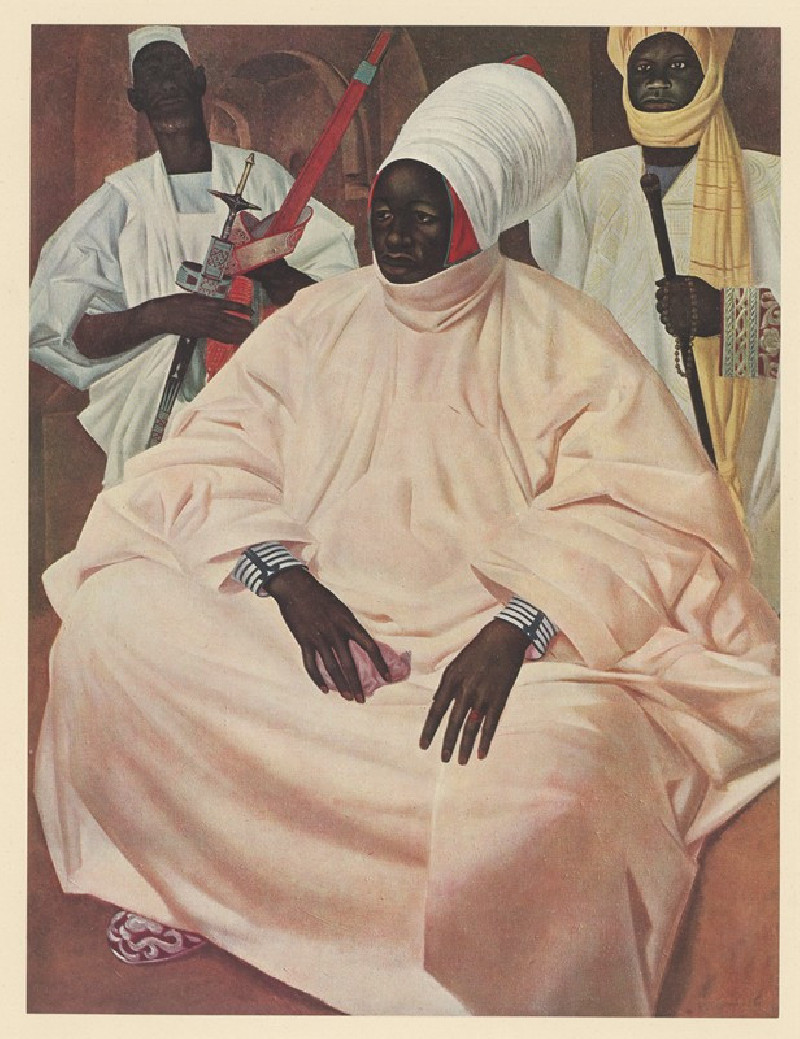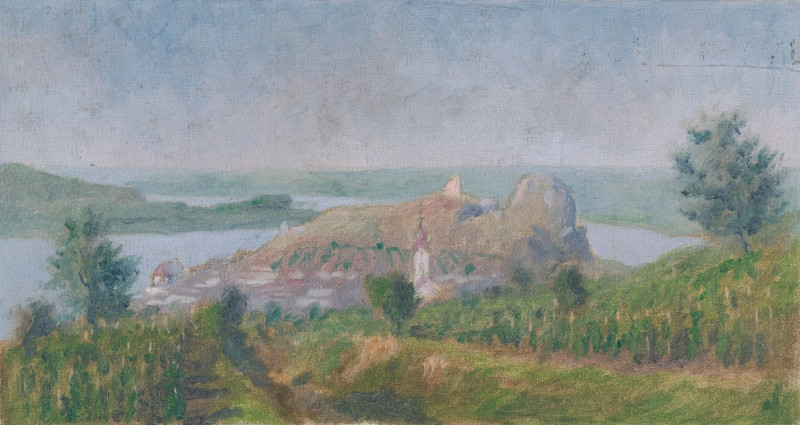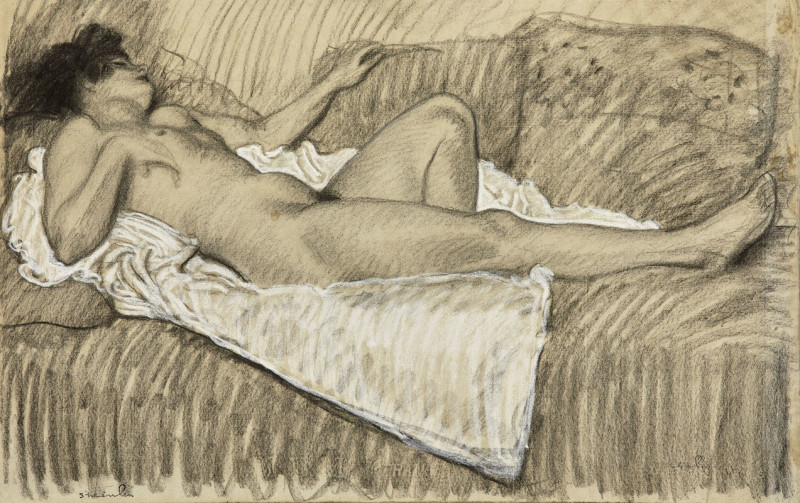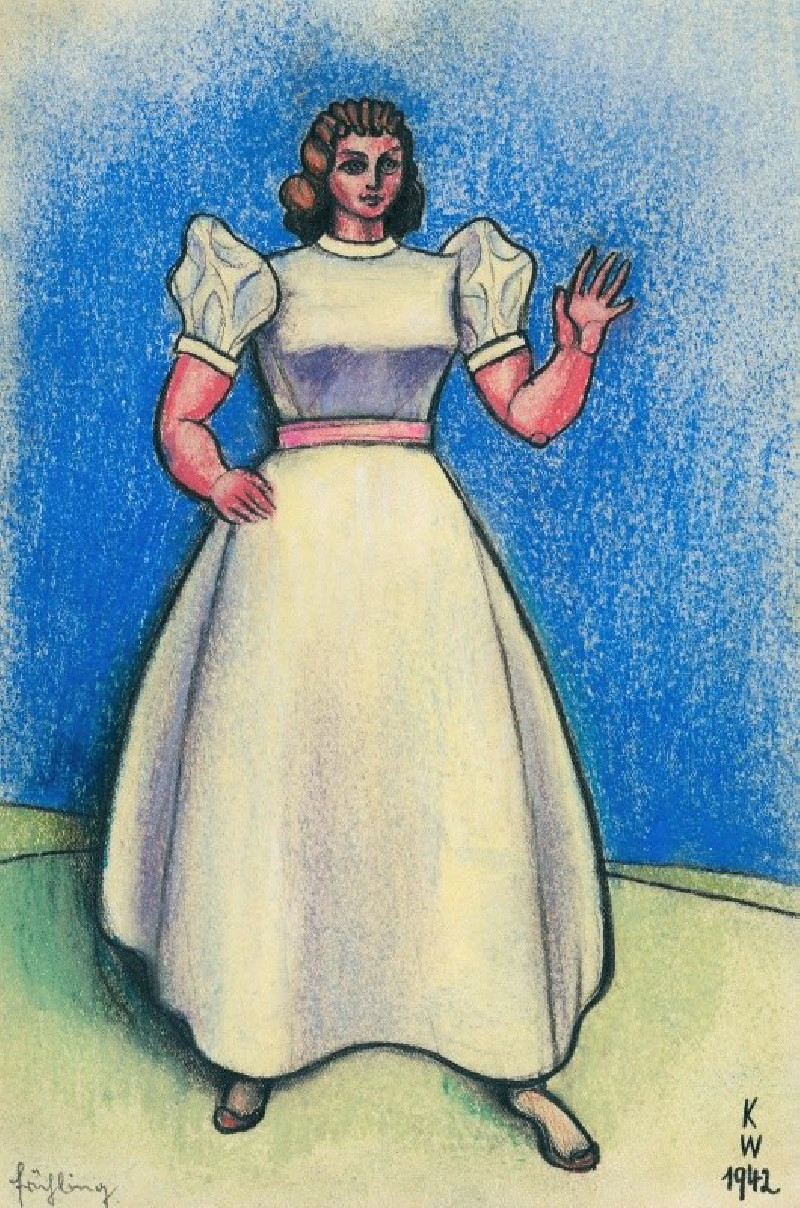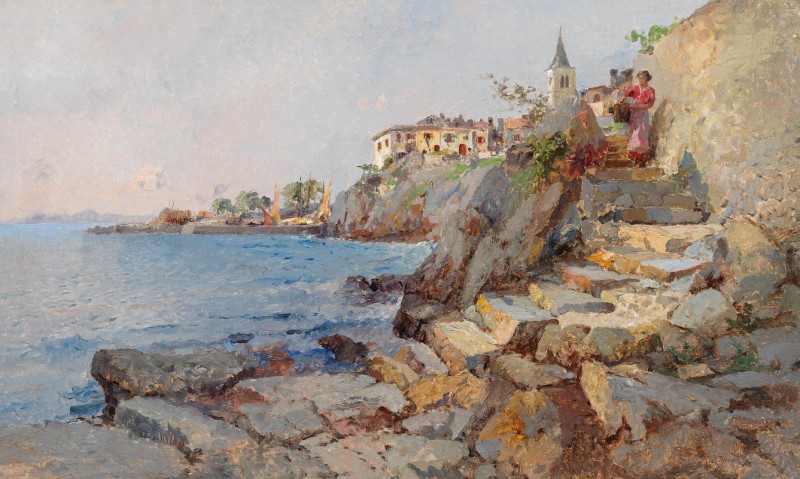The Sentinel (1885)
Technique: Giclée quality print
Recommended by our customers
More about this artwork
Ludwig Deutsch's painting, "The Sentinel," painted in 1885, invites us into a visually rich narrative captured within the walls of an ornate architectural setting. This artwork stands out for its exquisite detail and vibrant use of color, encapsulating a moment in time with striking realism.The central figure of the painting is a guard, dressed in traditional attire that features a mixture of bright yellows and whites, complemented by a red headpiece and sash, adding a splash of striking color that draws the viewer’s attention. He stands alert yet relaxed, leaning slightly on a long rifle, suggesting his role as a sentinel, tasked with the protection and surveillance of the premises. His posture and expression convey a sense of solemn duty and quiet strength.The background is equally detailed, showcasing elaborate Islamic architectural elements. The walls are adorned with intricate patterns and carvings, and a large, beautifully decorated brass vase sits to the side on a delicately carved wooden table, emphasizing the cultural richness of the setting.Deutsch’s meticulous attention to texture and light enhances the sense of depth and realism. The interplay of light and shadow not only highlights the architectural beauty but also subtly focuses on the sentinel, reinforcing his importance within the scene."The Sentinel" by Ludwig Deutsch is more than just a portrait of a man; it is a window into a historical and cultural moment, rendered with technical skill and a deep appreciation for the subject matter.
Delivery
Returns
Ludwig Deutsch was an Austrian painter who settled in Paris and became a noted Orientalist artist.
Details of Ludwig Deutsch's life are obscure. He was born in Vienna in 1855 into a well-established Jewish family. His father Ignaz Deutsch was a financier at the Austrian court. He studied at the Vienna Academy of Fine Arts 1872–1875, then, in 1878, moved to Paris where he became strongly associated with Orientalism.

